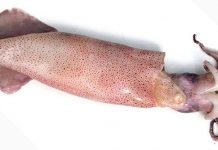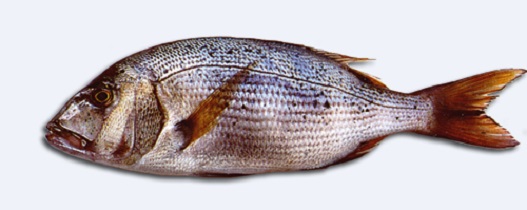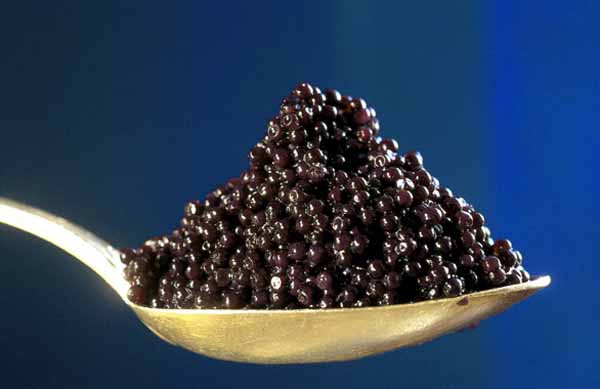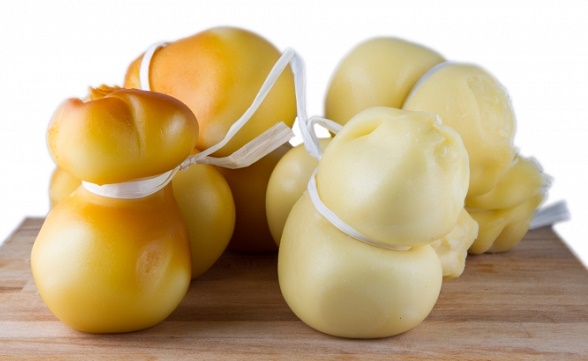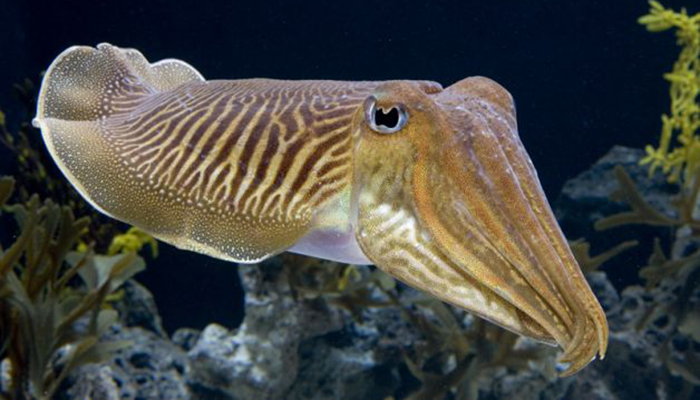
Description
The cuttlefish, is a very prized mollusk that has a rich commercial and gastronomic consumption. This species belongs to the “Cephalopoda“, the family of the “Sepiidae”, which in turn is divided into three very distinct and different kinds of squid: Sepiella, Metasepia and Sepia. Cuttlefish are found all over the planet, and those in the Mediterranean and in the Atlantic Ocean Mar belong to the species “Sepia officinalis“, called also Common cuttlefish. Often the purchase of this product, for gastronomic matters, are chosen from abroad specimens of small dimensions, and in this case, it is very often the specimens belonging to the species of the genus “sepiella”.
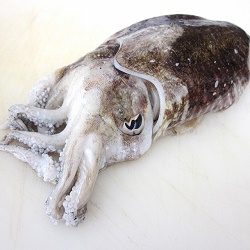
The cuttlefish spends his life for much of the year almost always on the seabed at a depth of between 30 and 40 meters, and it is only in spring that approaches the coast to mate and lay eggs. According to the habitat where they live, these mollusks have different dimensions, not surprisingly is observed as the cuttlefish of the Mediterranean sea, than that of the Atlantic Ocean, is smaller, in fact the size of the first reach up to 35 centimeters, while the second can arrive from a minimum of 90 up to a maximum of 120 centimeters.
The color of the back of the cuttlefish once out of the water, it is quite dark, almost black brindle brown, while its belly is light pearl white, with reflections on the pink and green. Once in the water, these animals have a very active camouflage system, which seems to function on the basis of visual memories that have, in fact, not by chance, the cuttlefish are considered the most intelligent invertebrate on the planet.
Once the cuttlefish is killed, no longer it has the ability to blend in and tends to fade up to take on a pinkish color with yellowish shades, but should not be confused with the skinned cuttlefish, which in contrast, are totally color White. The shape of the cuttlefish is oval and morphologically are composed of two distinct segments one from the other, the head, and the body. The body is surrounded by a laminar fin that is used by the animal to move back and forth and change direction, while inwardly encloses the cuttlefish bone, viscera, gonads and possibly eggs and finally the “cuttlefish ink” (ink which is used for the defense).
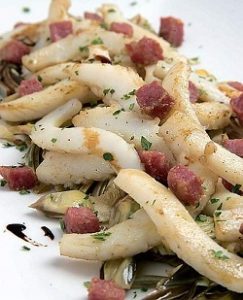
The head of the cuttlefish is very large and has a large brain size, covered with connective tissue, while the eyes are positioned laterally to the head and the mouth is in the middle with boss ahead, much like a beak. All around the oral cavity, they are distributed the ten legs fitted with suction cups and eight of these are tentacles, while the remaining two, act as prehensile appendages useful to capture prey. The cuttlefish feed on other species of shellfish, fish and shellfish.
Nutritional characteristics
The flesh of the cuttlefish is very lean and free of cholesterol and thanks to these peculiarities, is one of the very low-calorie dishes and portions of this animal consumption, easy to reach the 300 grams. In this mollusk, it is present also traces of sugar, but the macronutrients that make this animal a product rich in vitamins and able to give a high energy value, are the sulfur-containing amino acids. As regards mineral salts containing in it, does not make any distinction compared to other mollusks.
Cuttlefish are very recommended in low-calorie diets, because they have a very good satiating power and a low amount of calories. Connective content this is a fair amount and this protein element also present in the flesh, increases with increasing age of the animal and it is hard to digest. For this reason, for people suffering from problems related to digestion, in gastritis and hypochlorhydria, we should take small cuttlefish and small quantities, especially if this meal is eaten in the evening.

Cuttlefish in the Italian cuisine
Cuttlefish in the Italian cuisine is widely used for many recipes, as starter but also as main course. As starter it can be cooked in seafood salads along the mussels or other mollusks, but also alone, and the seasoned with simple extravergin olive oil. The cuttlefish can be also stuffed and backed in the oven. As first course is often cooked with pastas, seasoned with fresh tomatoes, or with other mollusk, or in the very famous risotto alla pescatora. As second course can be prepared in many recipes, among them the more cooked are stew with potatoes or with chickpeas, or just grilled. Other recipes are with all vegetables and especially in the tomatoes sauce. You can find many of these recipes in our site.
Cuttlefish choice

In addition to the size of the cuttlefish that you want to purchase, for a right choice, you have to observe the type of preservation and freshness of this product, and the place of origin of this mollusk. If the product is frozen, it is worth specifying that in addition to facilitate cleaning of the cuttlefish, this determines the readiness, extremely useful for tenderizing meat, in particular adult species. This process is useful if you wanted to cook the squid roasted, grilled or baked, and especially if the product in question is to our local branch. Readiness is a natural chemical/physical process to let tendering the meat in waiting at least 72 hours before to consume, since the animal as been killed. This is because when you have the rigor mortis, the muscles becoming harder, and the acidity and the enzymes of microorganism presents in the flash, let tendering the meat.
Cuttlefish caught in the Mediterranean Sea, have organoleptic and taste characteristics, much higher than those that come from the Atlantic Ocean fishing, but the freshly flesh just caught is remarkably consistent. It is advisable to always freeze this product, except when its use serves for the realization of risotto.

